GRAHAM HANCOCK
Magicians of the Gods
Sequel to the International Bestseller Fingerprints of the Gods
Thomas Dunne Books St. Martins Griffin  New York
New York
Thank you for buying this
St. Martins Press ebook.
To receive special offers, bonus content,
and info on new releases and other great reads,
sign up for our newsletters.

Or visit us online at
us.macmillan.com/newslettersignup
For email updates on the author, click here.
The author and publisher have provided this e-book to you for your personal use only. You may not make this e-book publicly available in any way. Copyright infringement is against the law. If you believe the copy of this e-book you are reading infringes on the authors copyright, please notify the publisher at: http://us.macmillanusa.com/piracy.
*Please note that some of the links referenced in this work are no longer active.
For Santha, my soul mate.
:
Photo credits:
All photos by Santha Faiia except:
, Nico Becker, German Archaeological Institute, Orient Department.
, Klaus Schmidt, German Archaeological Institute, Orient Department.
: Daniel Lohmann who was also the excavator of the column drum.
The astronomical interpretations of Pillar 43 at Gbekli Tepe, , were rendered in graphic form by Luke Hancock.
Graphics credits:
Camron Wiltshire (.
Afua Richardson: Figure numbers (with Luke Hancock).
Luke Hancock: Figure numbers .
Michael Mauldin: Figure numbers .
Samuel Parker: Figure numbers (lower row, left).
Pon S. Purajatnika: Figure number .
A house raised on sand will always be in danger of collapse.
The evidence is mounting, though most of the later construction is of high quality, that the edifice of our past built by historians and archaeologists stands on defective and dangerously unsound foundations. An extinction-level cataclysm occurred on our planet between 12,800 and 11,600 years ago. This event was global in its consequences and it affected mankind profoundly. Because the scientific evidence that proves it happened has only emerged since 2007, and because its implications have not yet been taken into account at all by historians and archaeologists, we are obliged to contemplate the possibility that everything we have been taught about the origins of civilization could be wrong.
In particular it must be considered as a reasonable hypothesis that worldwide myths of a golden age brought to an end by flood and fire are true, and that an entire episode of the human story was rubbed out in those 1,200 cataclysmic years between 12,800 and 11,600 years agoan episode not of unsophisticated hunter-gatherers but of advanced civilization.
Did that civilization, if it existed at all, leave any traces that we might still be able to identify today, despite the passage of so much time? And, if so, does its loss have any real significance for us?
This book is an attempt to answer those questions.

Figure 1: Location of Gbekli Tepe and its regional setting
Gbekli Tepe is the oldest work of monumental architecture so far found anywhere in the world, or at any rate the oldest accepted as such by archaeologists.
And its massive.
Awesome, magnificent, numinous and overpowering are among the adjectives that dismally fail to do it justice. For the last couple of hours Ive been wandering round the site with its excavator, Professor Klaus Schmidt, and my mind is frankly boggled.
How does it feel, I ask him, to be the man who discovered the temple thats rewriting history?
A rubicund German archaeologist with a barrel chest and a grizzled beard, Schmidt is wearing faded jeans, a blue denim shirt with a streak of mud on the sleeve, and scuffed sandals on his bare, dirty feet. Its September 2013, three months before his sixtieth birthday and although neither of us know it yet, hell be dead in less than a year.
As he ponders my question he wipes a bead of sweat from the glistening dome of his forehead. Its not yet mid-morning but the sun is high here in Turkeys Southeastern Anatolia region, the sky is cloudless and the ridge of the Taurus mountains on which we stand is baking hot. Theres no breeze, not even a hint or a breath of air, nor is there any shade to be had. In 2014 a roof will be erected to cover and protect the site but in 2013 only its foundations are in place so were standing exposed on a makeshift wooden walkway. Down below us in a series of semi-subterranean, more or less circular, walled enclosures are the dozens of giant T-shaped megalithic pillars that Schmidt and his team from the German Archaeological Institute have brought to light here. Before they began their work the place had the appearance of a rounded hillin fact Gbekli Tepe means Hill of the Navelbut the excavations have removed most of that original profile.
Of course we cannot say that Gbekli Tepe is a temple exactly, Schmidt answers eventually, obviously choosing his words with care. Let us call it a hill sanctuary. And I do not claim that it is rewriting history. Rather I would say that it is adding an important chapter to existing history. We thought that the transition from hunter-gatherers to farmers was a slow, step-by-step process, but now we realize that it was a period when exciting monuments that we didnt expect were made.
And not just monuments, I prompt. At the beginning the local people were hunter-gatherers and there was no sign of agriculture.
No, Schmidt concedes, none. He gestures expansively at the circles of pillars. But the people who came to Gbekli Tepe, and who did all this work, invented agriculture! So we see a connection between what happened here and the later emergence of Neolithic societies dependent on farming.

Figure 2: The central group of excavated enclosuresA, B, C and Dat Gbekli Tepe. All the pillars have been numbered, for ease of reference, by the German Archaeological Institute.
My ears prick up at that word invented. I want to be sure Im getting this right. So, I emphasize, you go so far as to say that the people who made Gbekli Tepe actually invented agriculture?
Yes. Yes.
Could you elaborate on that?
Because in this region we have the early domesticates, both animals and plants. Its done in this region. So they are the same people.
And as far as you are concerned this is the firstthe oldestagriculture in the world?
The first in the world. Yes.
I sense that Schmidt is becoming impatient at the way Im probing this point, but I have my reasons. The areas of Gbekli Tepe that have been excavated so far are close to 12,000 years old which makes them (according to orthodox chronology) more than 6,000 years older than any other megalithic sites anywheresites like Gigantiga and Mnajdra in Malta, Stonehenge and Avebury in England, or the Pyramids of Giza in Egypt. Yet those sites all belong to that phase of the evolution of human civilization that archaeologists call the Neolithic (the New Stone Age) when agriculture and the organization of society along structured, hierarchical lines were already well advanced, permitting the emergence of skilled specialists who had no need to produce their own food because they could be supported from the surpluses generated by farmers. Gbekli Tepe, by contrast, belongs to the very end of the Upper Paleolithic, the late Old Stone Age when our ancestors are supposed to have been nomadic hunter-gatherers living in small, mobile bands and incapable of tasks requiring long-term planning, complex division of labor and high-level management skills.
Next page
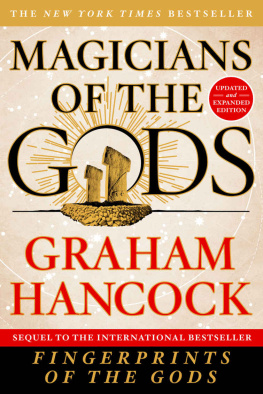

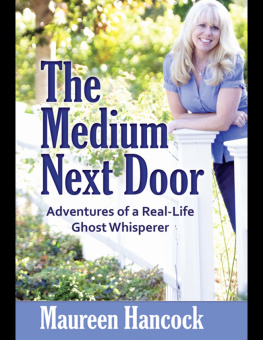

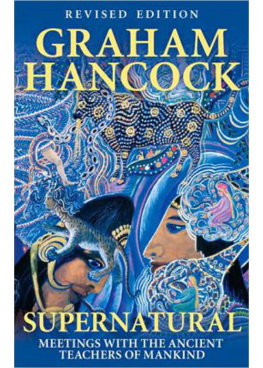
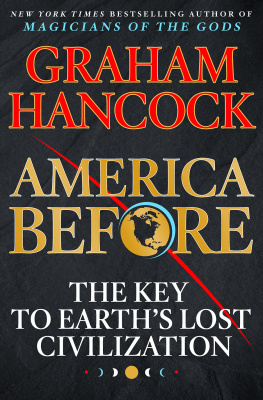
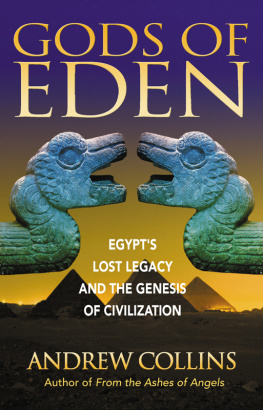

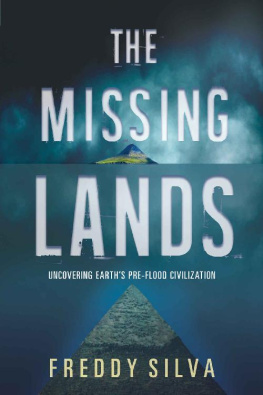

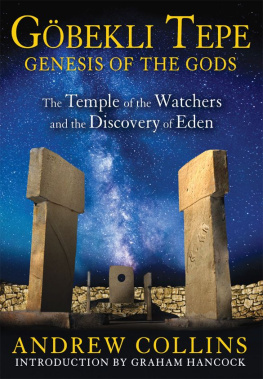
 New York
New York

